Giant tortoises are among the most fascinating creatures on our planet, with lifespans that can exceed 100 years and personalities as distinct as their prehistoric appearance. Raising these magnificent reptiles is unlike any other pet ownership experience, combining elements of wildlife conservation, heirloom gardening, and multi-generational commitment. As one of the few animals that might outlive their caretakers, giant tortoises present unique challenges and rewards that few other companion animals can offer. Their deliberate pace, surprising intelligence, and ancient lineage create an unparalleled relationship between human and reptile that transforms the very concept of pet ownership into something closer to stewardship.
Understanding the Commitment: Lifespans Measured in Centuries

When you welcome a giant tortoise into your life, you’re making a commitment that extends far beyond typical pet ownership. These remarkable creatures regularly live 80-150 years in captivity, with some specimens reaching the 200-year mark. This extraordinary longevity means your tortoise will likely outlive you, requiring advance planning for its care after your passing. Many serious tortoise keepers establish trust funds or make arrangements with zoos and conservation facilities to ensure their reptilian companions are cared for throughout their natural lives. The weight of this commitment cannot be overstated—raising a giant tortoise means accepting responsibility for a being that may witness your grandchildren’s grandchildren.
Legal Considerations and Ethical Sourcing
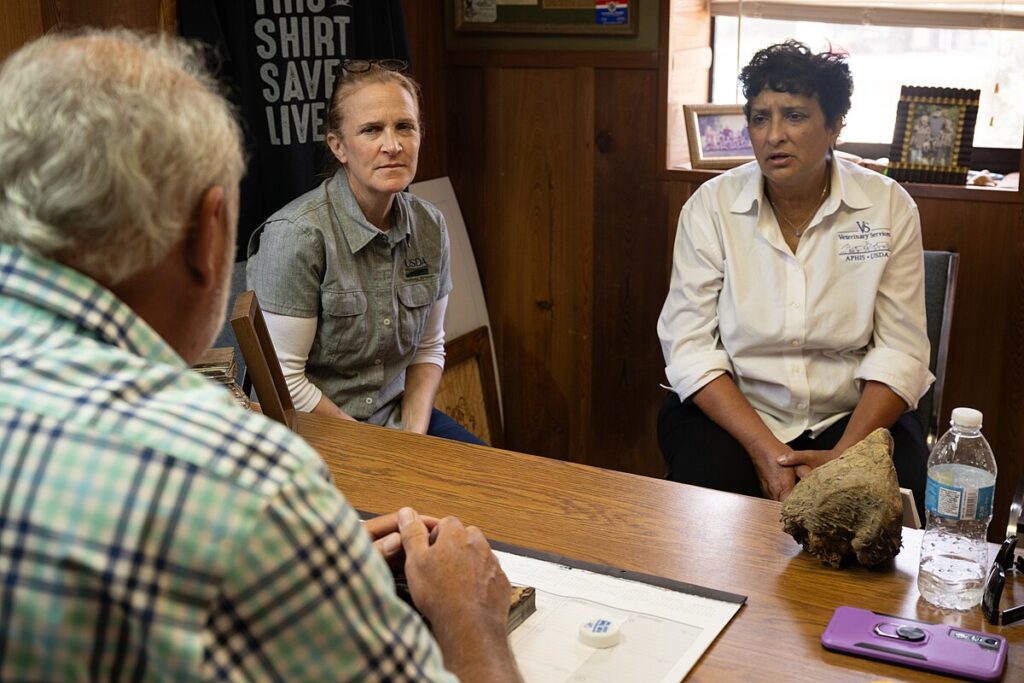
Before acquiring a giant tortoise, navigating the complex legal landscape is essential. Most giant tortoise species, including the iconic Galapagos and Aldabra varieties, are protected under CITES (Convention on International Trade in Endangered Species) and various national laws. Legal acquisition typically means purchasing captive-bred specimens from reputable breeders who can provide proper documentation proving the animal’s origins. Ethical considerations should guide this process, as wild populations of many tortoise species remain vulnerable or endangered. Prospective owners should thoroughly research their local, state, and federal regulations, as permissions and permits vary widely by location and species. Supporting illegal wildlife trade by purchasing undocumented tortoises contributes to population declines and undermines conservation efforts worldwide.
Space Requirements: Think Estate, Not Enclosure

Giant tortoises require substantial living space that expands as they grow. A hatchling may start in a large terrarium, but adult specimens need outdoor enclosures measuring hundreds of square feet at minimum. Aldabra tortoises, which can reach 550 pounds, may need a half-acre or more to thrive. This space must include various microhabitats—sunny basking areas, shaded retreats, grazing patches, and water features. Fencing must be both escape-proof and predator-resistant, extending below ground to prevent digging. Many serious keepers find themselves designing their entire property around their tortoise’s needs, creating specialized tortoise-friendly landscapes that provide both security and enrichment. For those in colder climates, heated indoor winter quarters large enough for these substantial animals becomes another spatial consideration.
The Financial Reality of Giant Tortoise Guardianship

The financial commitment of raising a giant tortoise extends far beyond the initial purchase price, which can range from $1,000 for smaller species to $10,000+ for rare varieties. Annual costs include specialized diet requirements, habitat maintenance, veterinary care from exotic specialists, and climate control expenses in non-tropical regions. Infrastructure investments often include heated winter shelters, irrigation systems for grazing areas, and reinforced barriers that can withstand the pushing power of animals weighing hundreds of pounds.
Medical emergencies can be particularly costly, as few veterinarians have experience with giant tortoise species, sometimes necessitating travel to specialized facilities. Long-term financial planning should account for decades of care, with many owners establishing dedicated savings specifically for their tortoise’s ongoing needs.
Climate Adaptation and Weather Challenges

Giant tortoises evolved in tropical or subtropical environments, making climate adaptation a critical challenge for keepers in temperate regions. These reptiles require consistent access to temperatures between 80-95°F for proper digestion and immune function. In cooler climates, this necessitates sophisticated heating systems, greenhouse-like structures, or heated shelters that can safely maintain appropriate temperatures without fire risks.
Seasonal considerations vary dramatically by location—tortoises in southern climates may thrive outdoors year-round, while those in northern regions might require indoor housing for 4-6 months annually. Extreme weather events pose particular dangers, with flash floods, prolonged cold snaps, or heatwaves all presenting potentially fatal conditions without proper preparation. Many dedicated keepers design elaborate heating and cooling systems specifically calibrated to their tortoise’s physiological needs.
Dietary Requirements and Nutritional Science
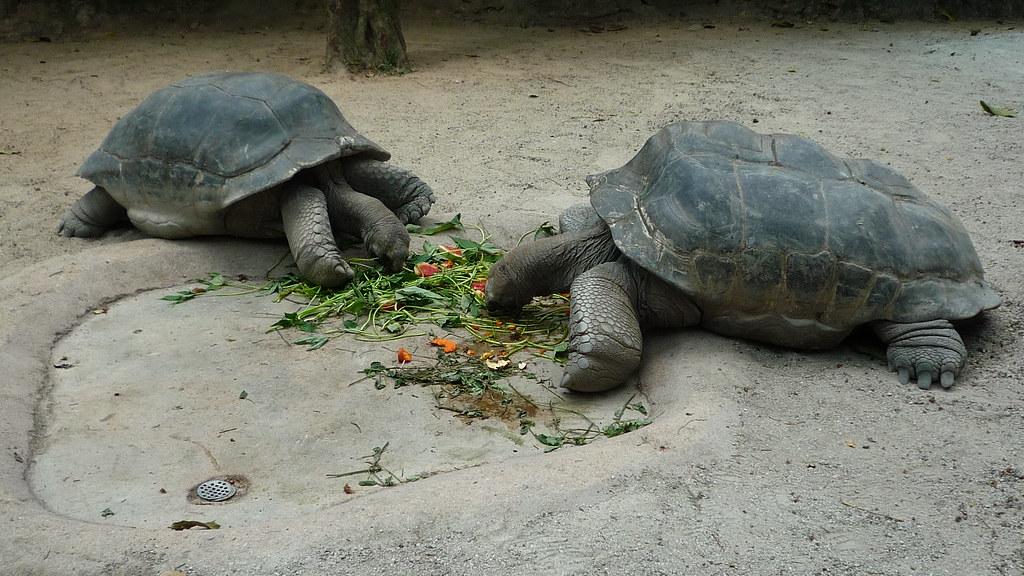
Feeding a giant tortoise properly requires significant botanical knowledge and nutritional understanding. Their diet should consist primarily of high-fiber, low-protein plant matter—typically grasses, weeds, and leafy greens with calcium-to-phosphorus ratios that support healthy shell development. Most species require a diet comprising 80-90% grasses and hay, supplemented with carefully selected vegetables, limited fruits, and occasionally commercial tortoise foods.
Many keepers become amateur botanists, cultivating tortoise-friendly gardens featuring edible plants like hibiscus, dandelion, plantain, and mulberry. Nutritional mistakes can have long-term consequences, with improper diets causing shell deformities, organ failure, or metabolic bone disease that may not manifest symptoms until permanent damage has occurred. Seasonal adjustments to feeding schedules are also necessary, as tortoises naturally eat more during warmer months and may reduce intake during cooler periods.
The Physical Demands of Tortoise Care

The sheer physical weight of adult giant tortoises creates unique caregiving challenges that intensify as they age. An adult Sulcata or Aldabra tortoise can weigh between 150-550 pounds, making routine care activities like health examinations, habitat cleaning, or transportation physically demanding. Moving an unwilling 400-pound tortoise becomes nearly impossible without specialized equipment or multiple strong adults. Even seemingly simple tasks like flipping a tortoise that has accidentally turned onto its back requires significant strength. The physical demands extend to habitat maintenance—creating and maintaining tortoise-proof enclosures requires regular repairs to address damage from their powerful legs and determined digging. Many longtime keepers report developing specialized tools, ramps, and lifting techniques to manage these impressive animals safely as both tortoise and caretaker age.
Personality and Cognitive Abilities: More Than Meets the Eye

Perhaps the most surprising aspect of giant tortoise ownership is discovering their distinct personalities and unexpected intelligence. Despite their reputation for slowness, giant tortoises demonstrate remarkable problem-solving abilities, spatial memory, and individual temperaments. Many recognize their caretakers by sight, sound, and smell, often approaching for interaction or food. Long-term owners report their tortoises developing specific preferences for activities, foods, and even social companions. Their capacity for learning becomes evident through modified behaviors in response to environmental changes and routine establishment.
Some demonstrate clear emotional states, from contentment during shell scratches to frustration when denied access to favorite grazing spots. This cognitive complexity creates bonds between tortoise and keeper that deepen over decades, transforming what might seem like a simple reptile into a lifelong companion with distinct needs and preferences.
Social Dynamics and Interaction with Other Animals

Giant tortoises exhibit complex social behaviors that influence housing decisions and interaction with other animals. Males often display territorial aggression toward each other, engaging in dominance battles involving shell ramming and neck extensions that can result in serious injuries. Female-to-female aggression is typically less pronounced but still requires monitoring, particularly in confined spaces.
Many species can be housed in male-female pairs or harem groups with one male and multiple females, provided sufficient space exists for subordinate animals to establish separate territories. Interactions with other domestic animals vary wildly—some tortoises coexist peacefully with dogs and cats after proper introduction, while others display fear or aggression toward mammals. Integration with existing pets requires careful observation and sometimes permanent separation to ensure safety for all animals involved.
Health Monitoring and Veterinary Challenges

Health management for giant tortoises presents unique challenges due to their stoic nature and evolutionary adaptations that mask symptoms of illness until conditions become severe. Regular health monitoring includes weight tracking, shell examination for cracks or abnormal growth, checking for nasal or ocular discharge, and observing eating and elimination patterns. Finding qualified veterinary care presents another hurdle, as many exotic veterinarians have limited experience with giant tortoise species. Diagnostic procedures often require specialized equipment to accommodate their size and shell structure, with even basic blood draws necessitating particular techniques.
Common health concerns include respiratory infections, parasitic infestations, nutritional deficiencies, and shell rot—all requiring prompt intervention despite the tortoise’s tendency to hide symptoms. Preventative care includes regular parasite checks, vitamin D supplementation in northern climates, and maintaining proper humidity levels to prevent respiratory issues.
Building Enrichment and Preventing Boredom

Despite their unhurried demeanor, giant tortoises require environmental enrichment to maintain physical and psychological health. In the wild, these animals might roam territories spanning several miles, encountering varied terrain and vegetation. Captive environments should mimic this diversity through landscape features, varying food presentation methods, and occasional environmental reconfiguration. Many keepers create tortoise-friendly obstacle courses with logs, rocks, and hills that encourage climbing and exploration.
Food enrichment proves particularly effective, with many owners hiding food items throughout the enclosure or creating puzzle feeders that stimulate natural foraging behaviors. Social enrichment through safe interaction with humans and compatible tortoises also prevents the stereotypical behaviors that can develop in under-stimulated reptiles. The most successful enrichment programs leverage the tortoise’s natural curiosity and food motivation while respecting their need for predictable routines.
The Emotional Journey of Tortoise Guardianship
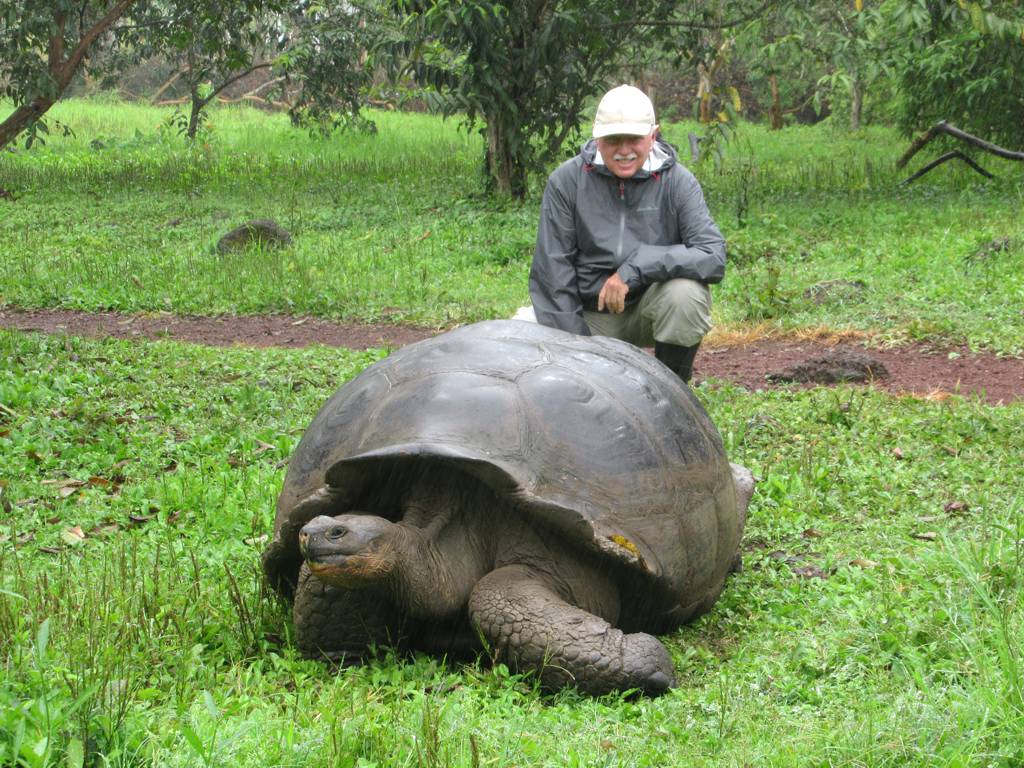
The emotional experience of raising a giant tortoise differs profoundly from typical pet relationships, combining elements of wildlife conservation with deeply personal connection. Many keepers describe the philosophical impact of caring for a creature whose perception of time and mortality differs so dramatically from human experience. There’s a unique poignancy in knowing your tortoise will likely witness world events and family milestones long after you’re gone. This perspective often transforms the human-animal relationship into something more akin to stewardship or guardianship than ownership.
Long-term keepers frequently report that their relationship with their tortoise evolves over decades, with the initial novelty giving way to profound respect for these ancient beings. The slow pace of tortoise life often provides a counterbalance to human hurriedness, with many owners citing their tortoise’s deliberate movements as a reminder to embrace patience in their own lives.
Planning for the Future: Estate Planning for Your Tortoise

Perhaps the most sobering aspect of giant tortoise guardianship is planning for their care after your passing. Responsible ownership necessitates establishing concrete succession plans, often involving legally binding arrangements. Many tortoise keepers include detailed care instructions in their wills, along with financial provisions for decades of care. Some establish relationships with zoological institutions willing to adopt the animal should family members be unable or unwilling to continue care. Conservation organizations sometimes offer placement services for well-documented, legally acquired specimens, ensuring they continue contributing to species preservation.
The most comprehensive plans include multiple contingency options, recognizing that circumstances may change dramatically over the decades between plan creation and implementation. This forward-thinking approach represents the ultimate expression of responsible exotic animal guardianship—acknowledging that the commitment extends beyond the keeper’s own lifetime.
Raising a giant tortoise represents one of the most unique and profound relationships humans can form with another species. It combines the immediate joys of animal companionship with the long-term perspective of environmental stewardship and conservation. These ancient creatures, with their deliberate pace and century-spanning lifespans, offer something increasingly rare in our fast-paced world: a connection to deep time and the natural rhythms that governed life long before human civilization. For those with the resources, commitment, and ethical approach to meet their specialized needs, giant tortoises provide not just companionship but a living link to the prehistoric world and a reminder of our responsibility to protect the remarkable diversity of life on our planet.

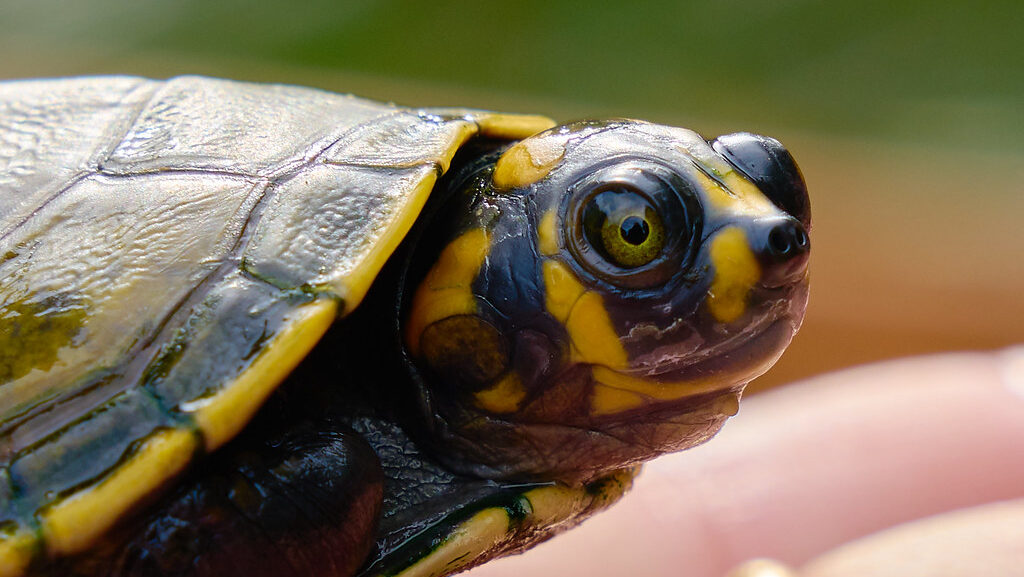
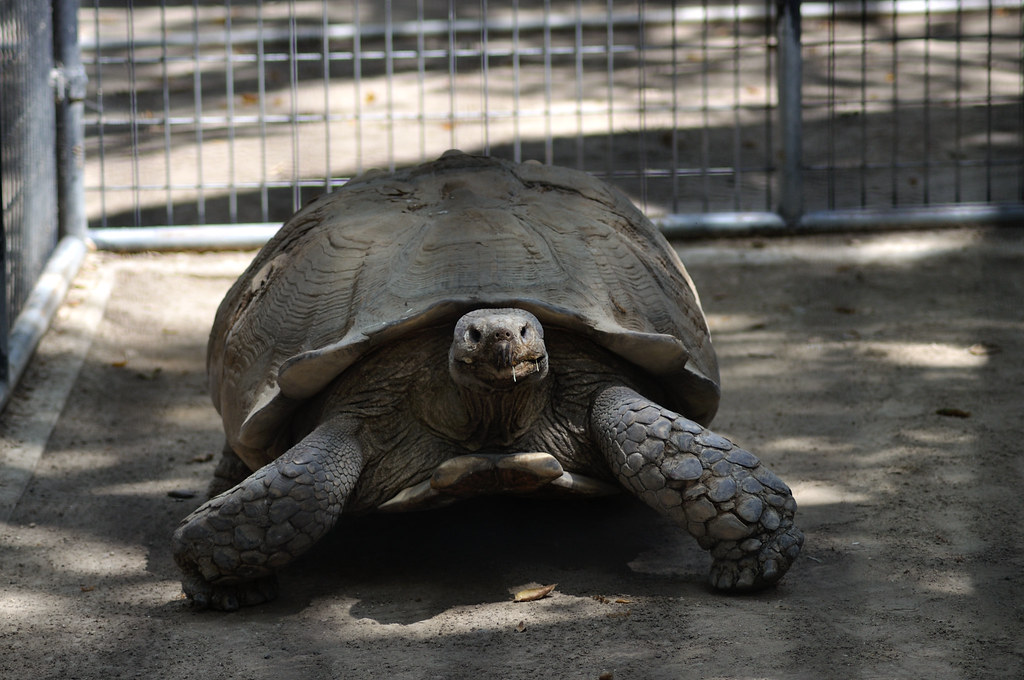
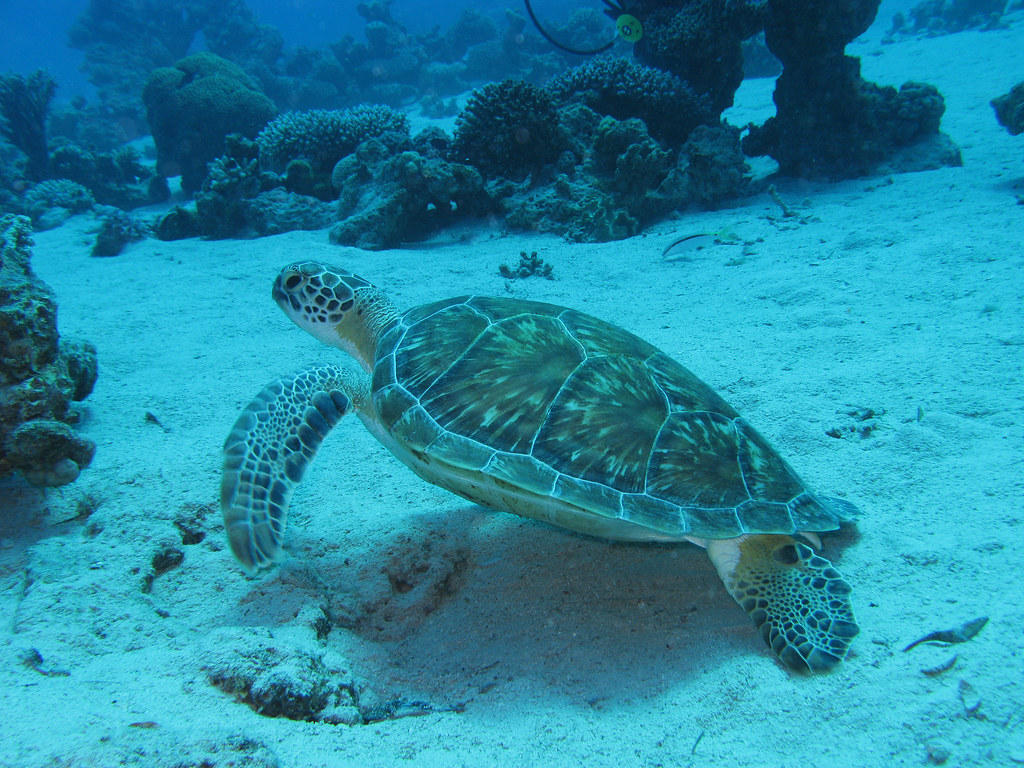
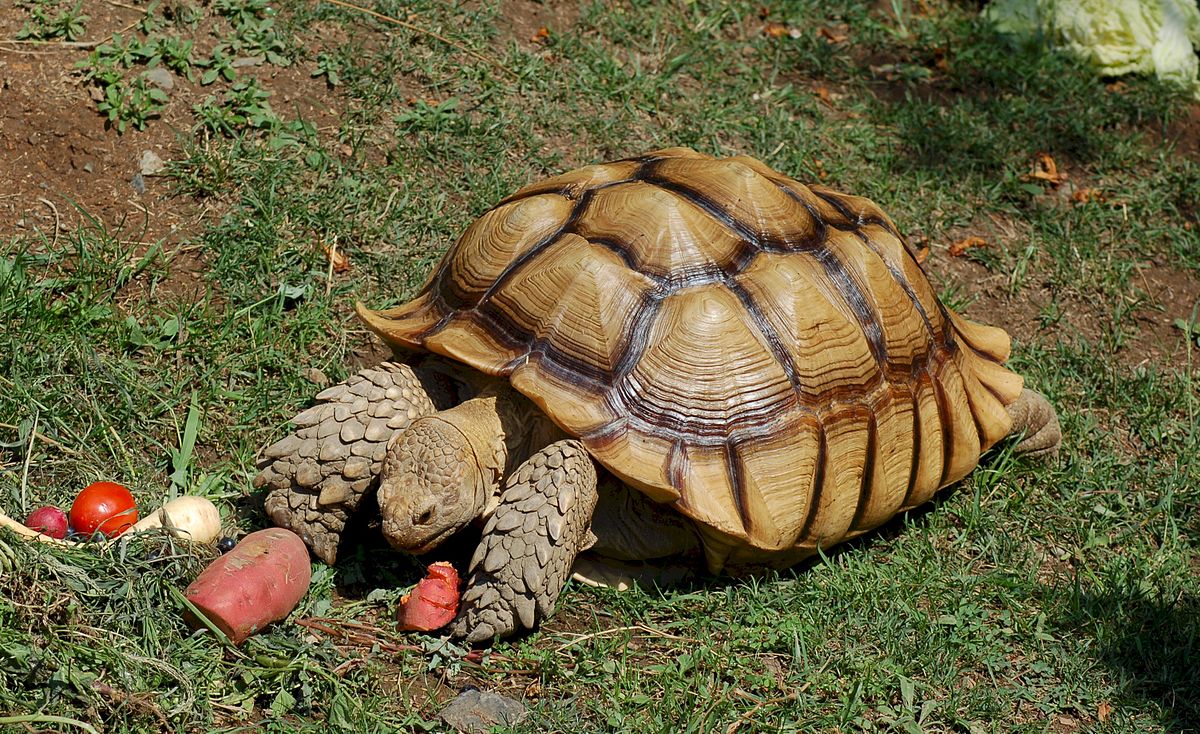
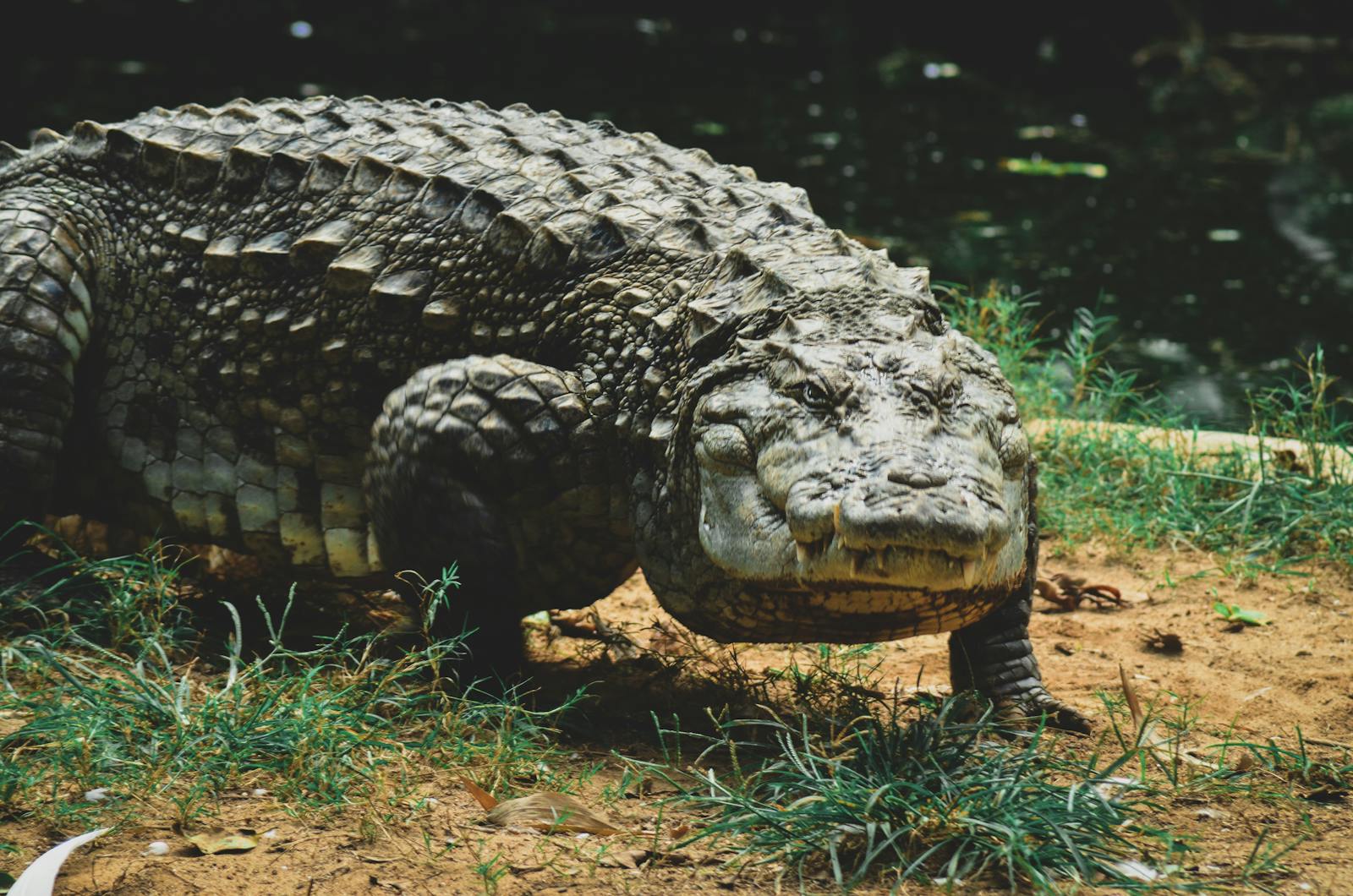
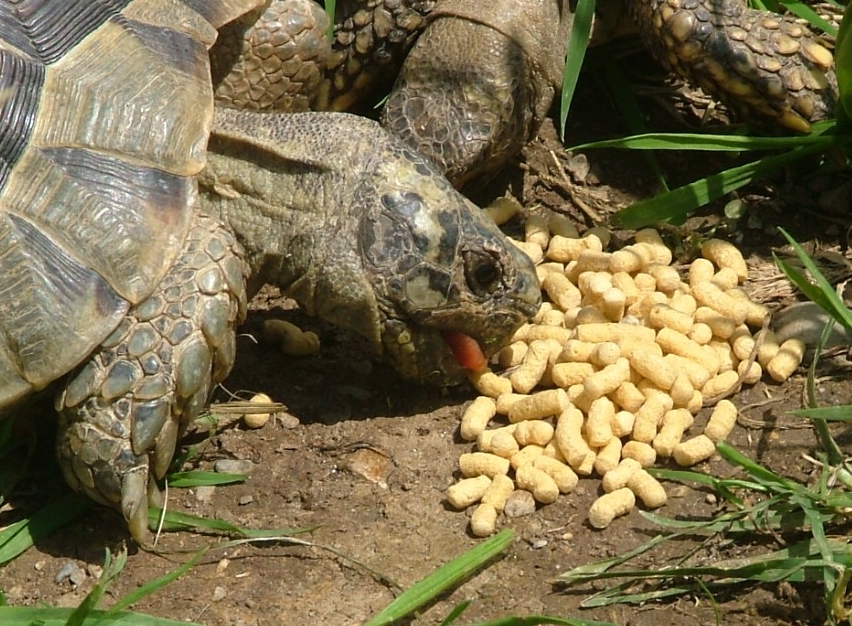
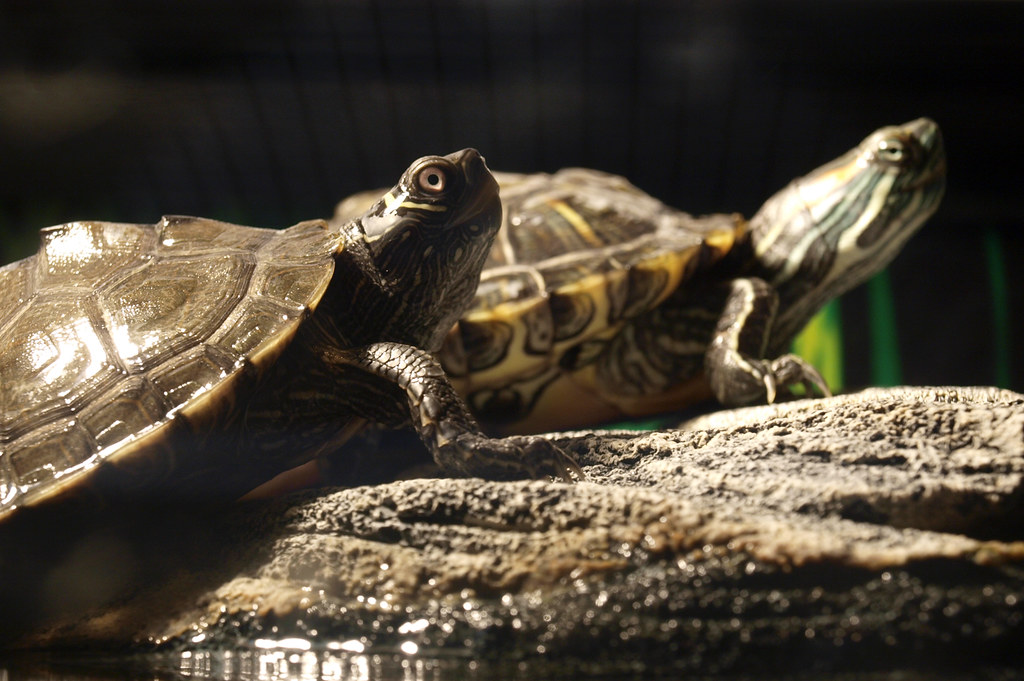
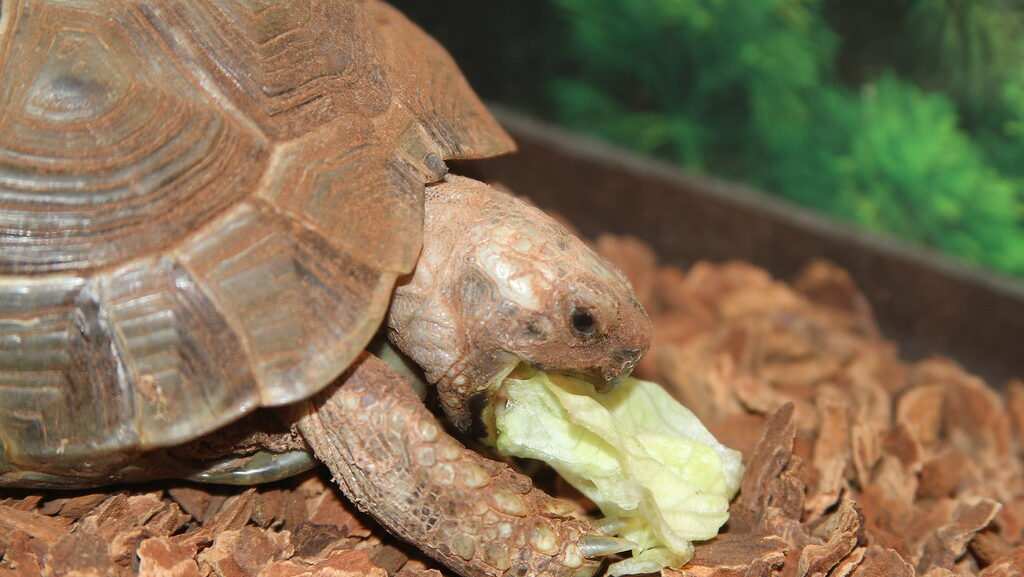
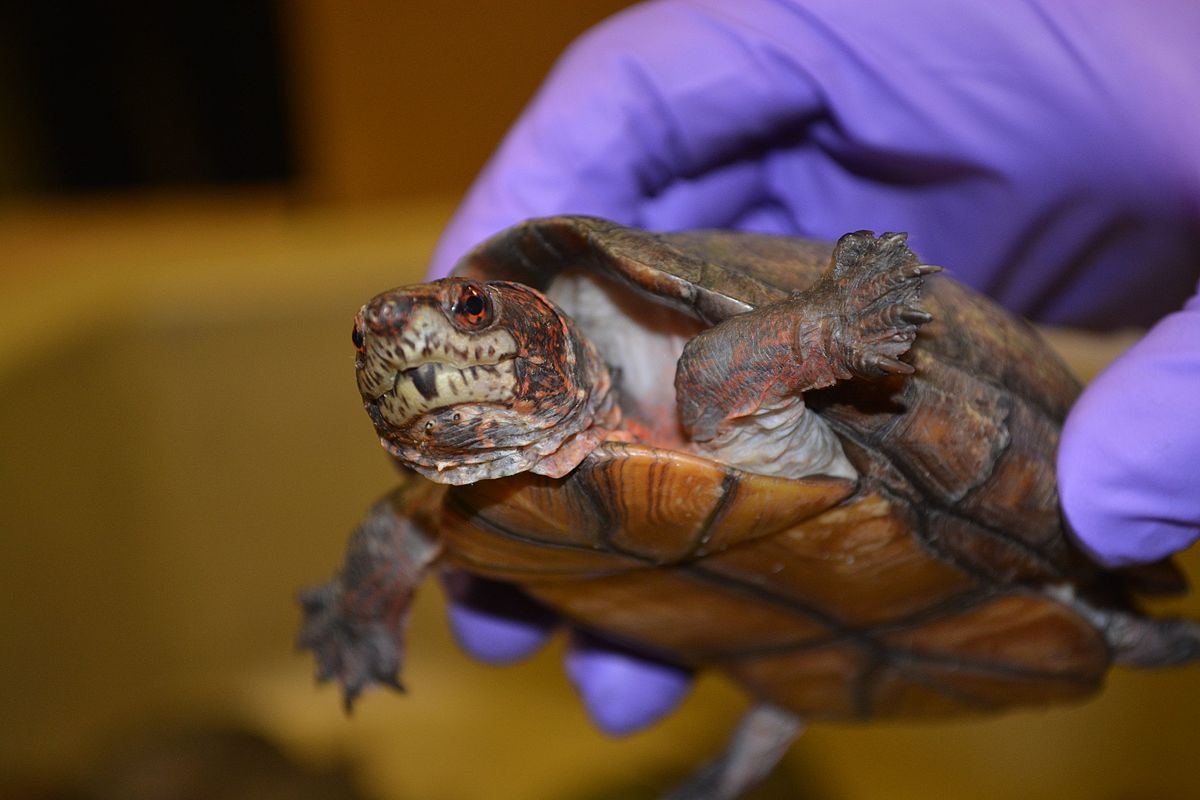
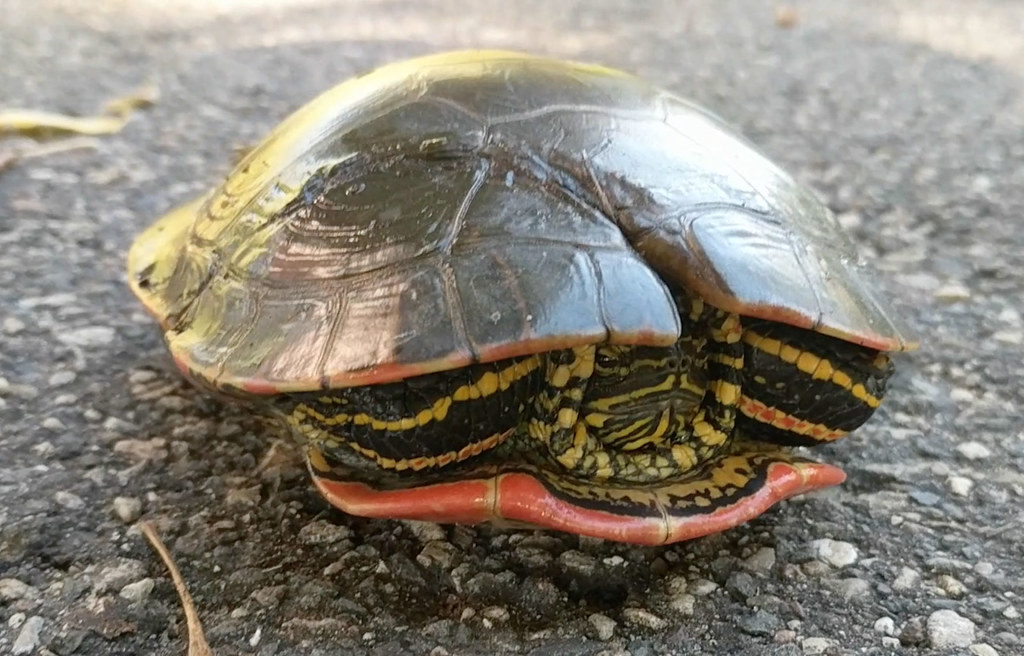




Leave a Reply